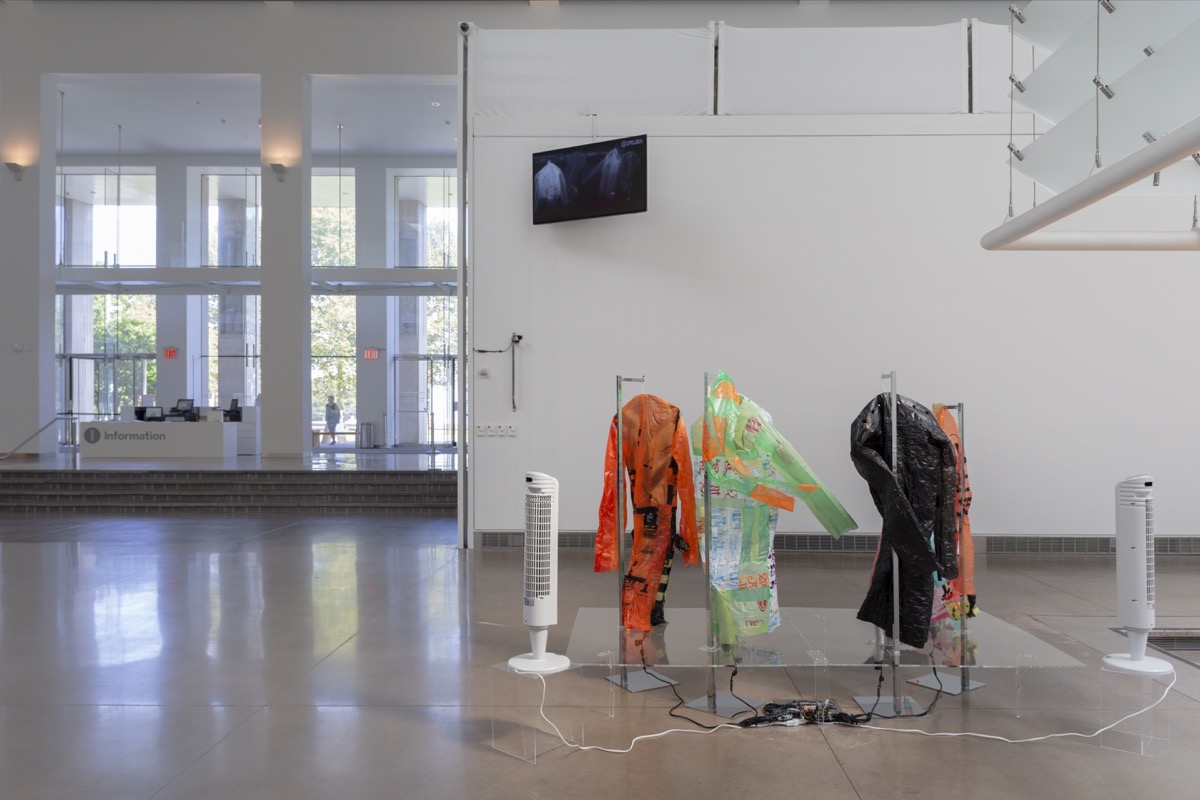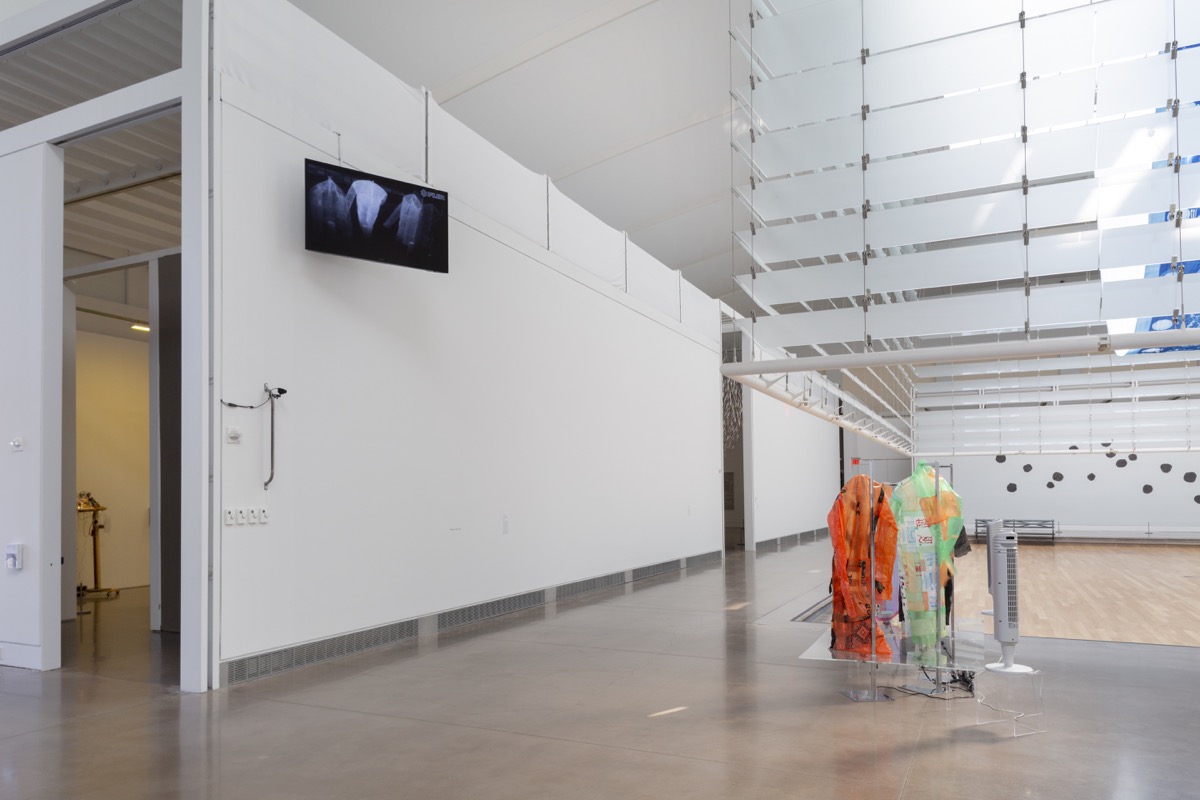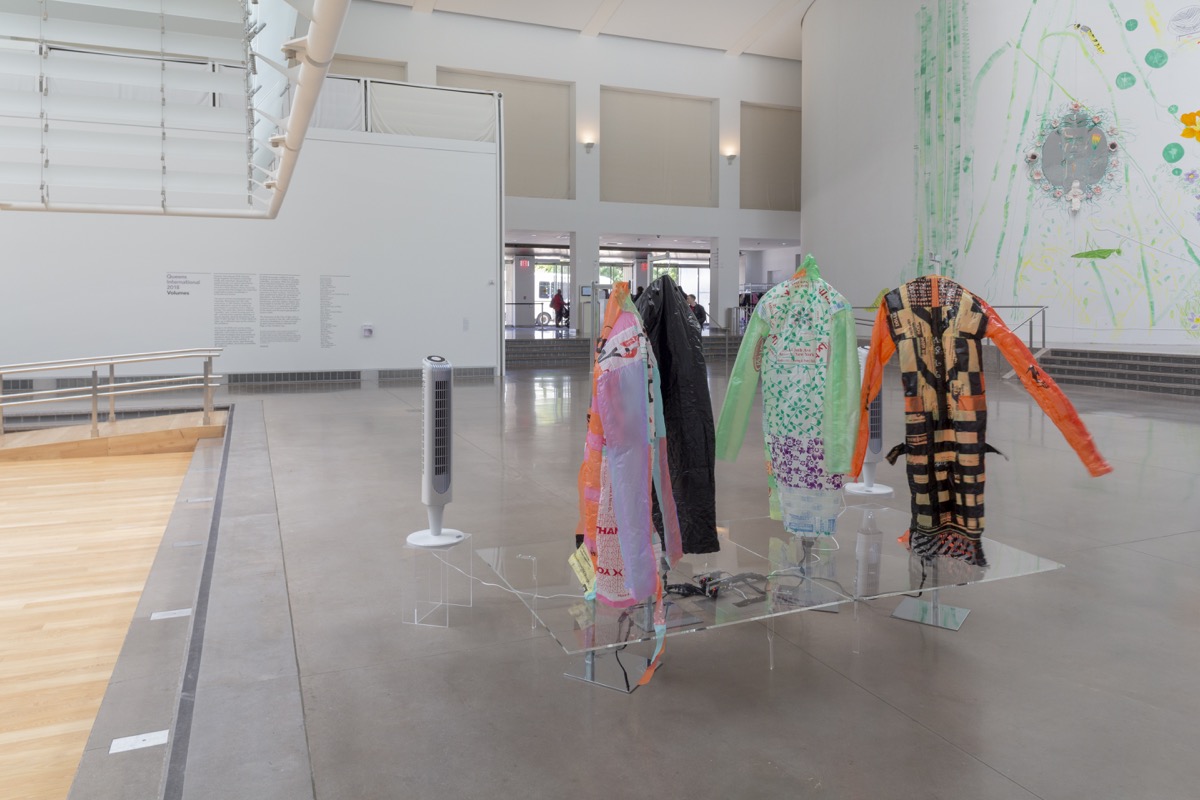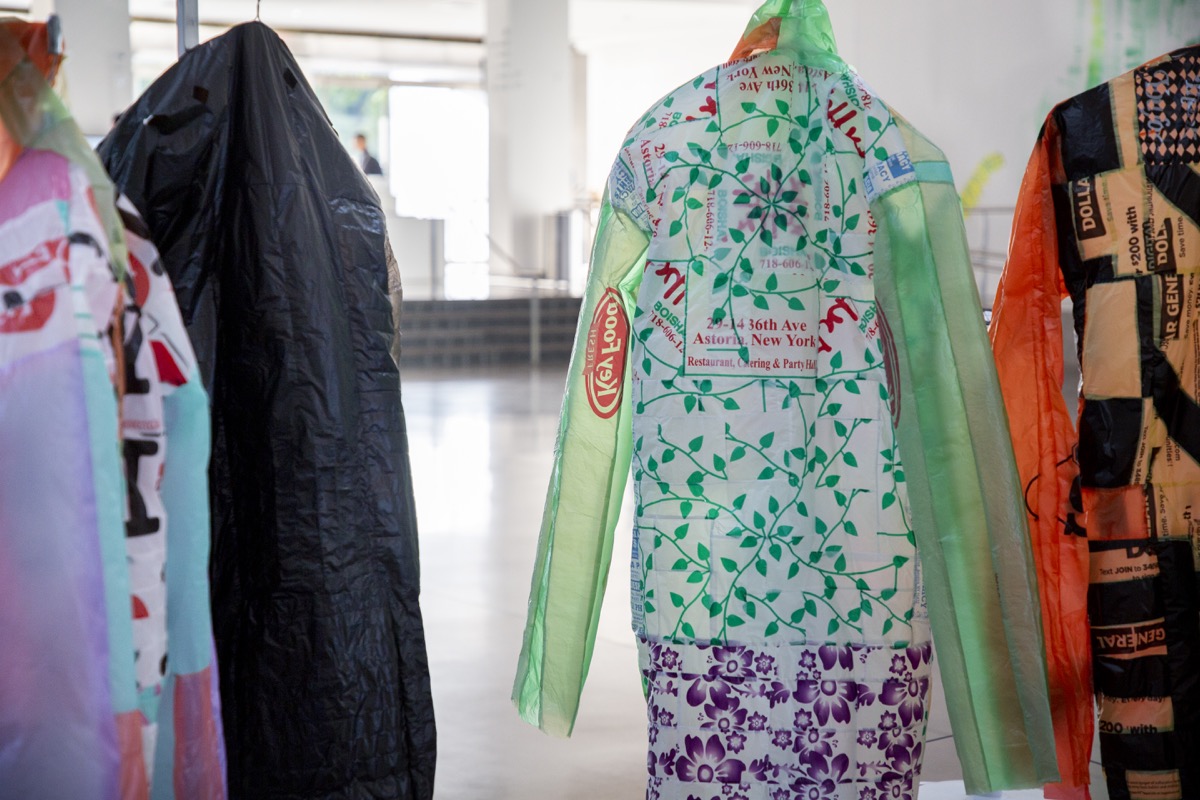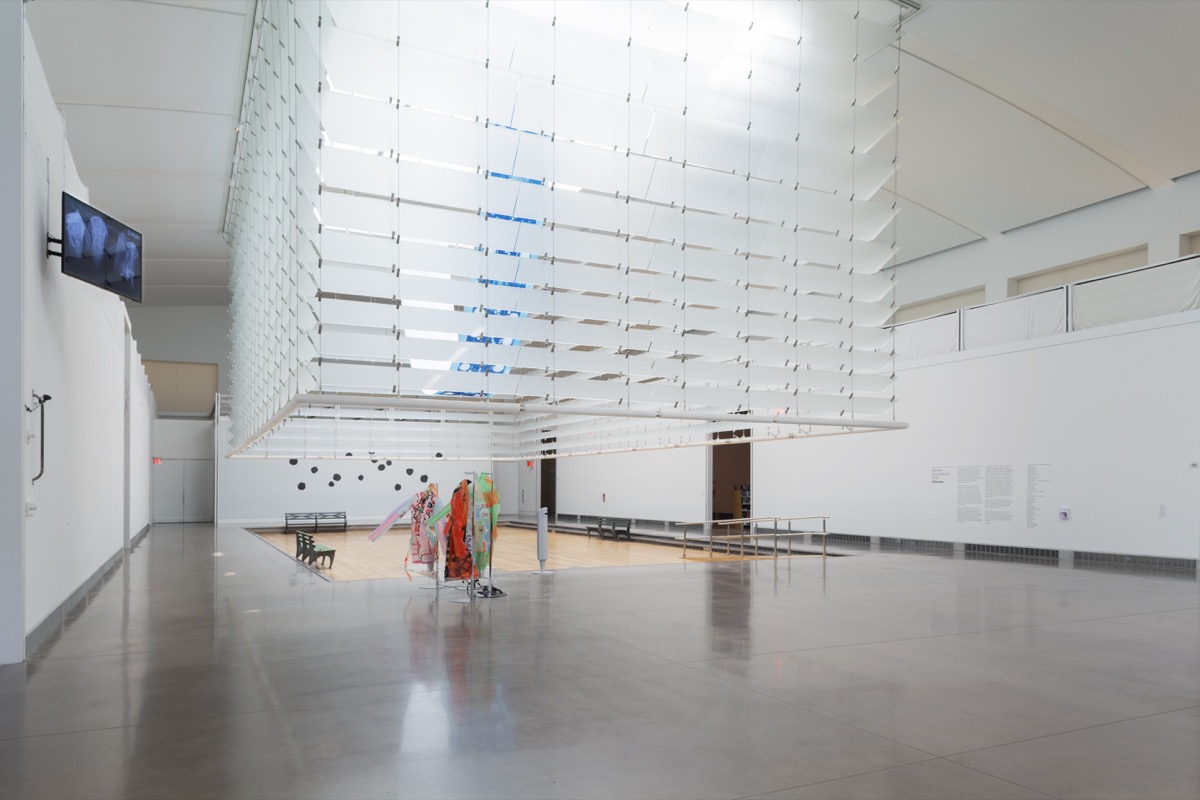| Asif Mian | 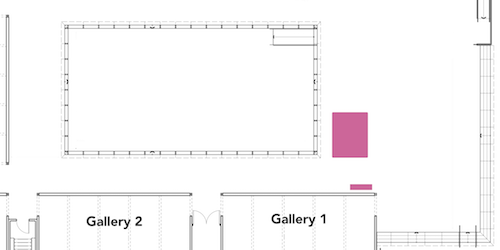 |
|||
| I have been working with surveillance imagery and video since I was teenager. This started with collecting images of events and "portraits" from CCTV footage on the web. I was always drawn to its institutional method of raw capture—high angle, pixelated, and inherently disposable. I made many drawings based on these images, employing the same high-angle, isometric perspective. The attraction extended to making films using black-and-white pinhole surveillance cameras, remote-controlled CCTV cameras, and night vision cameras. An attraction to thermal (IR) cameras was inevitable. While thermal imagery entered the mainstream via target-making in video games and science-fiction movies like Predator, I became very attracted to how a light image became a sculptural image with the presence of heat as a life force. IR’s use as a tool of efficiency for unmanned drone warfare in a post-9-11 landscape has led to its recent widespread proliferation in the public sphere and popular consciousness. IR drone tactics originated in the military and are now integrated into domestic policing areas like Queens, ultimately targeting the predominantly black and brown male bodies present. Their ability to create targets of these bodies is something I aimed to subvert. Through my research, I became interested in how the thermal camera can miraculously see through polypropylene plastic to target a thermal body. By heating and cooling the plastic at controlled intervals, the clothes in the installation vacillate between visible and invisible, becoming spectral diversions under the same IR thermal technology. The "paranormal" surveillance superability of these cameras is subverted for a moment. Could this be exploited further to create inflatable diversions that flip thermal surveillance superpowers back on themselves? Can this lead to the freeing of certain bodies—bodies that are wrong? |
 |
|||
 |
||||
| Mark-making is cutting by breaking the planar void. To disturb an invisible surface tension with line, to make a mark and invoke a system. The line cuts surface and in turn it is no longer surface anymore, it has marked an event. My line has always been concerned with cutting more than drawing and compiling, to expose the tension within lurking stasis: revealing truth. I extend the cut outside of drawing—to cut material, space, geography, bodies, time while maintaining these qualities of invocation and action. A cut's power is multiplied by the elements involved. Cutting loaded elements leads to peering and probing; separating or colliding; shaping and reshaping. Exposing. It may not necessarily disrupt but its effect can be revelatory: a storefront smash-and-grab during unrest. The thermal camera creates a cut—a "visual cut" that slices through material. Its IR technology visually "cuts through" polypropylene, renders it penetrable, and sees through it to find a thermal source. It is this dynamic manner of cutting—visually—that became the impetus and driving gesture of this work. |
||||
| Volume is integral to sculpture and installation: it is based in the amount of space a substance or object occupies. However, in many ways I wanted to create the opposite—an ethereal volume—one that is transient and slippery. The live camera creates this virtual volume as an unseen and ghostly substance. | ||||
| prev | Asif Mian (b. 1978, Jersey City, NJ), earned an MFA from Columbia University (2018) and a BA in Studio Art & BS in Biology (Genetics) from Drew University (2000) and attended the Skowhegan School of Painting and Sculpture (2018). He has exhibited his work internationally, including a solo show at False Flag, Long Island City, NY (2017), and group exhibitions at NADA at Governors Island, New York, NY (2018); Rush Arts, Philadelphia, PA (2018); Denniston Hill, Glen Wild, NY (2017); Fergus McCaffery, New York, NY (2017); Five Myles, Brooklyn, NY (2015); and Bitforms Gallery, New York, NY (2014).) Mian has been an artist-in-residence in numerous programs including the Clifford Owens: Seminar in Intensive Performance at Denniston Hill (2017), AZ West: Institute of Investigative Living Residency with Andrea Zittel (2017), and the Vermont Studio Center (2015). He was born in New Jersey and grew up in Astoria, Queens. | next | ||
| prev | next | |||
